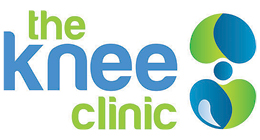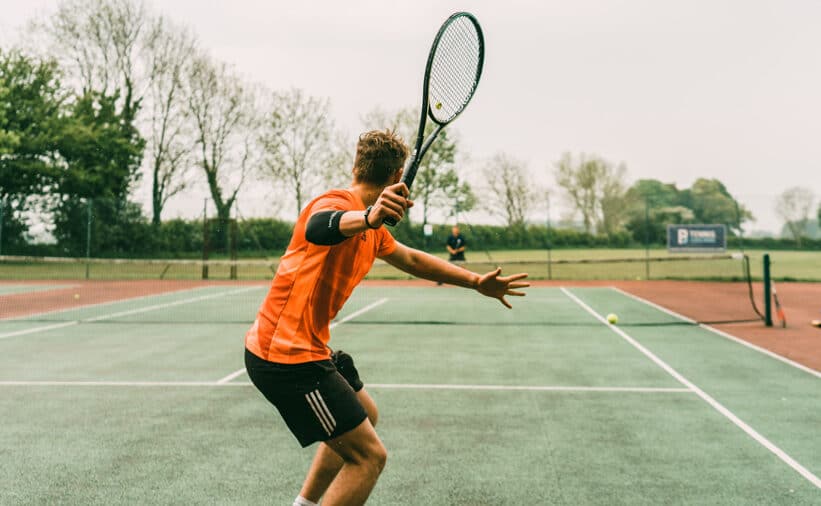You may be a passionate tennis player?
You may lift heavy weights in the gym?
Maybe you have a job with repetitive tasks?
Or maybe you experience this annoying and debilitating pain just playing with your kids?
Irrespectively “Tennis Elbow” is not just defined to tennis players.
Lateral epicondylitis (LE), also known as ‘tennis elbow’ affects up to 3% of the population, with that percentage increasing for people exposed to certain risk factors. Tennis Elbow is defined as an overuse injury as it is often brought on due to an overload of the wrist extensor muscles. The extensor muscles of the wrist, hand and fingers share a common attachment point at the lateral epicondyle of your elbow; called the common extensor tendon.
After exposing your tendons to load they release a protein to aid with recovery. If the tendon is loaded again, prior to the completion of recovery then not only does healing halt, but the remaining proteins attract water and other cells. Similarly, to when moisture can split wood in a damp environment, these cells can infiltrate the tendon and break down the matrix of the tendon. Because your tendons have a lower rate of oxygen consumption than skeletal muscle, they are also slower to heal.
In short, it is when you go to use a tendon that is breaking/broken down you experience that sharp pain on the outside point of your elbow.
Commonly, people believe that resting the tendon will aid in the healing process, but this is far from the truth.
Tendons do not have a great source of blood supply so their healing modalities arise from physiological processes that occur when you load the tendon appropriately. Repetitive and heavy loading will hurt and damage your tendon, however, a balanced exercise program that begins with isometric loading followed by resistance training has become the Gold Standard of treatment for LE.

*Diagnosis is typically based on history and physical examination with an experienced physiotherapist, however, this can be complimented with the appropriate radiology. No single imaging technique can definitively diagnose tendinopathy without a clinical assessment, with the specificity ranging from 63% – 83%.
To regain strength and reduce your tennis elbow pain start by booking an appointment with one of our experienced physiotherapists who will guide you through your rehabilitation.

